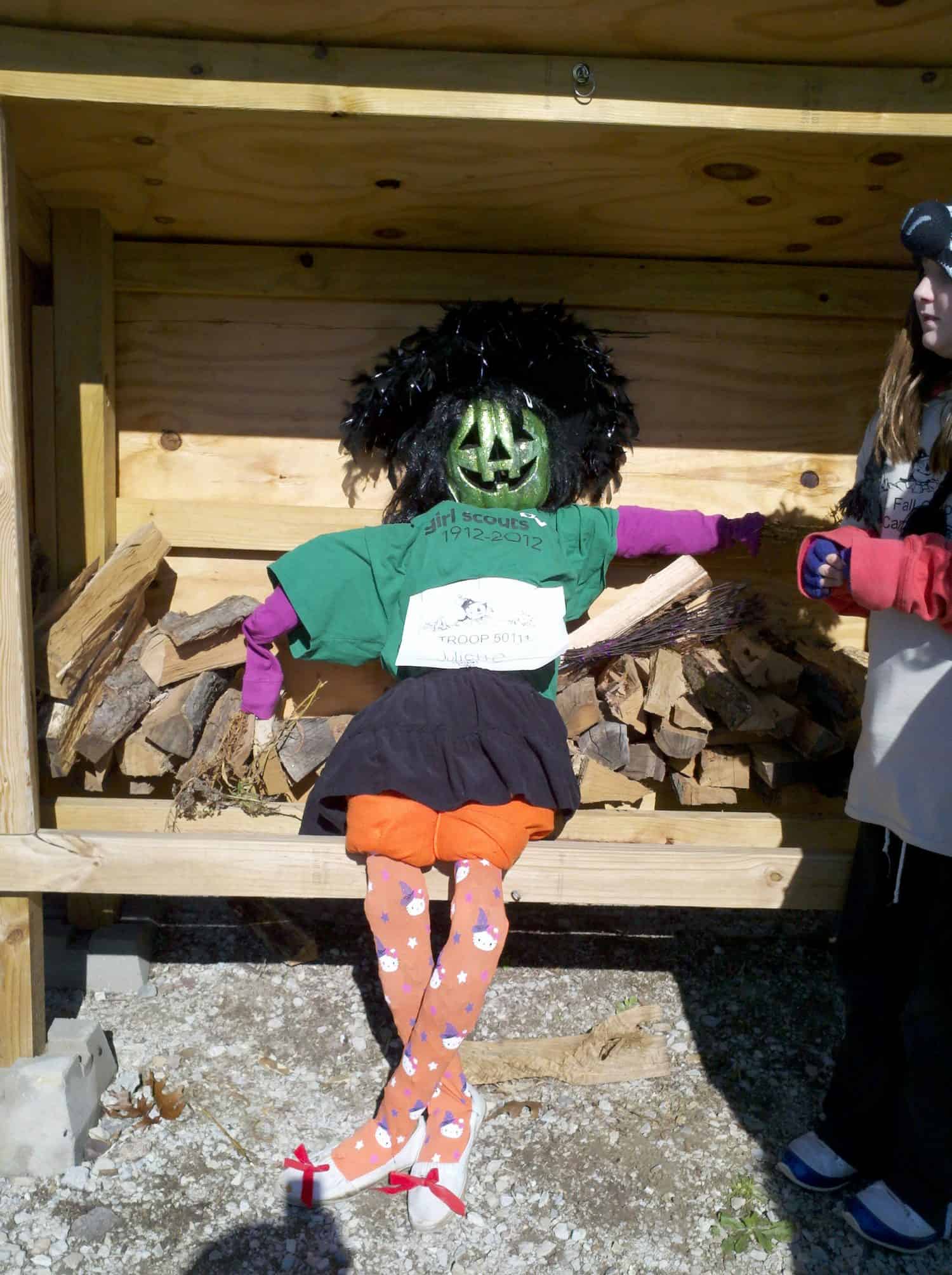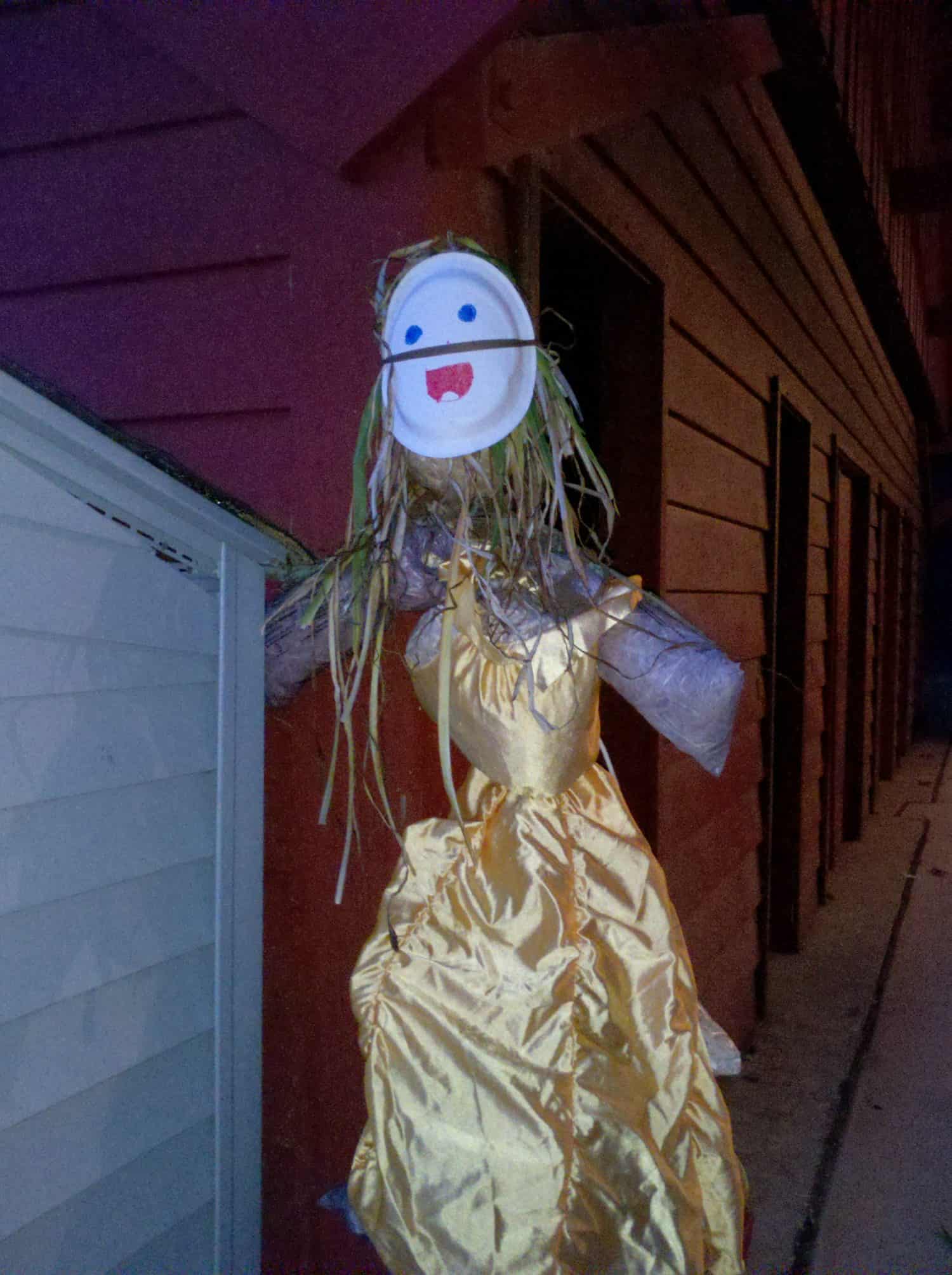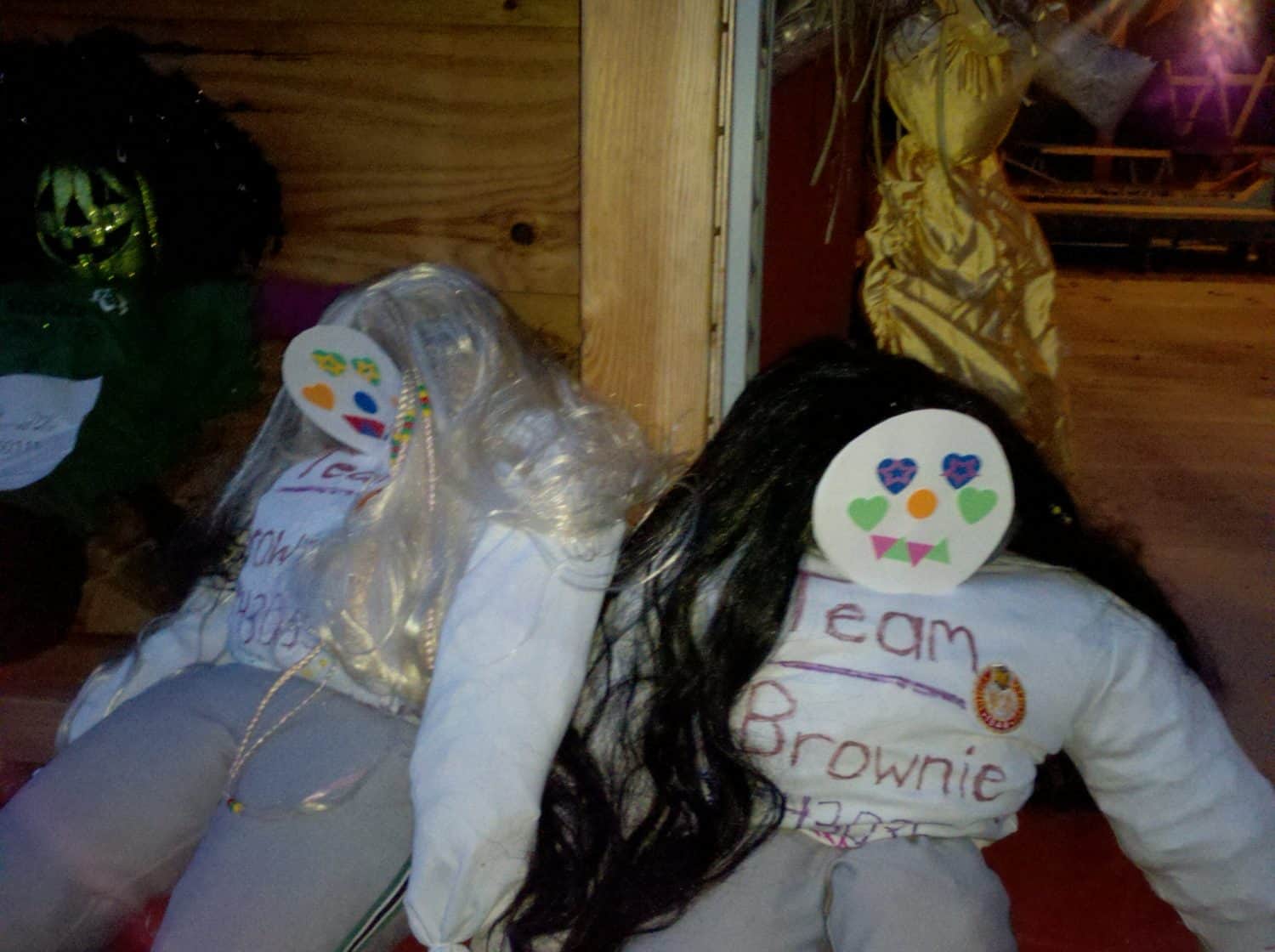Contrary to popular belief, Halloween is not a celebration of the damned or all things evil, but instead a melding of many celebrations – the end of the growing season and its respective harvest, a welcoming of the winter months and a lot of folk tradition surrounding a day when the metaphoric curtain between the living and dead was raised.
Halloween has its origins in the ancient Celtic festival known as Samhain (i.e. summer’s end), which was the celebration of the end of the harvest season. It was a time to take stock of supplies and prepare for the winter ahead. The ancient Gaels, like other cultures, believed the boundary between the living and the dead disappeared on the evening of October 31st when the dead might come back and wreak havoc on the living and their crops. Enter bonfires, masks, costumes, jack-o-lanterns, etc. All were concocted to confuse or scare the spirits from whence they came. In Ireland, people went door-to-door collecting for the Samhain feasts and sometimes wore costumes while doing so. Sounds an awful lot like the trick-or-treating we know today.
By the mid 19th century, Halloween became mostly a secular holiday, but many of the traditions continued, mainly just for the fun of it. Finally, by the first decade of the 20th century, Halloween was being celebrated across the nation by people of all religious, social and racial backgrounds.
Have a happy, safe and spooky Halloween!
“Hark! Hark to the wind! ‘Tis the night, they say,
When all souls come back from the far away –
The dead, forgotten this many a day!”
~ Virna Sheard
Best wishes,
Kim Sweeney



